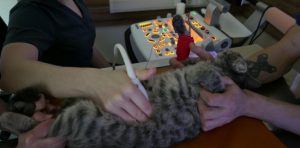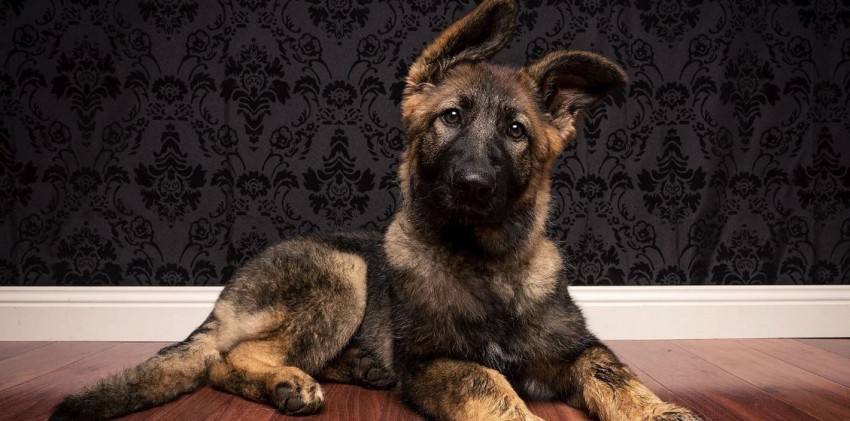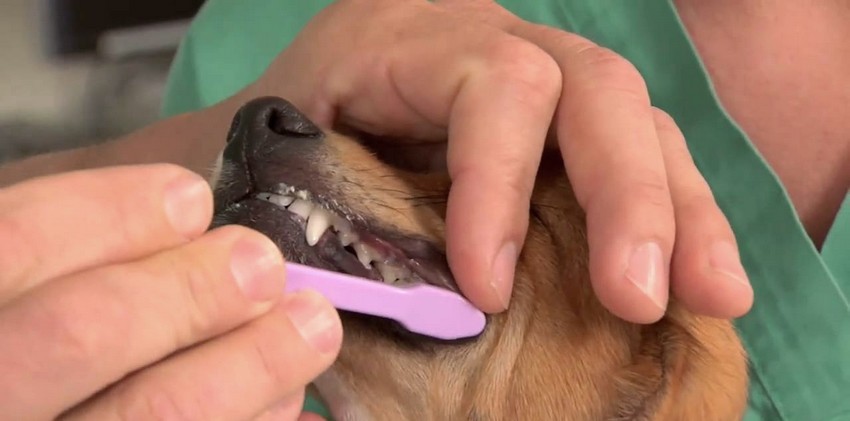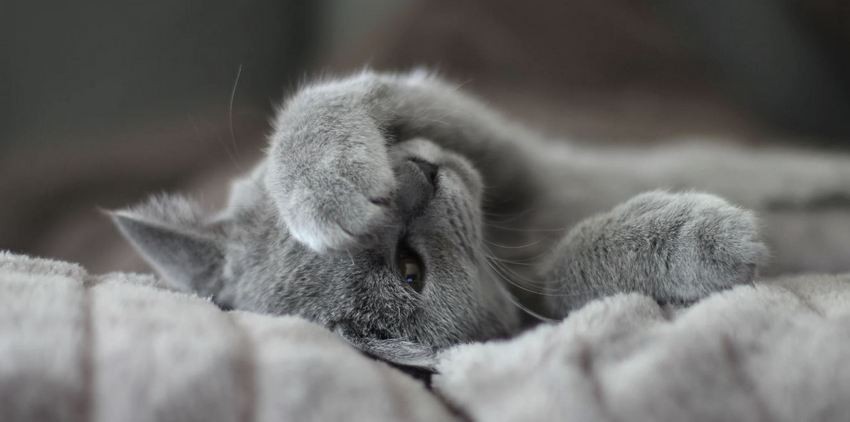Preparing dogs and cats for ultrasound
 What is ultrasound?
What is ultrasound?
Ultrasound of dogs and cats – veterinary ultrasound. Sound waves pass through the body tissue of the animal and are recorded after their reflection. An ultrasound machine transforms these sound reflections into a detailed image of your pet’s organs and tissues. Sound waves are transmitted continuously, so you can evaluate not only the static state of the body, but also its work.
With the help of ultrasound, you can evaluate the work of most organs of dogs and cats. With the help of ultrasound, the heart, liver, pancreas, kidneys, bladder, intestines, stomach, liver and other abdominal organs of dogs, cats and other animals are usually examined.
Ultrasound can reveal
Diseases that are difficult to diagnose
Diseases that cannot be determined without surgery
Diseases that without ultrasound will require expensive diagnostics
Accumulation of fluid in the chest cavity, around the heart or inside the abdominal cavity and can be easily removed with the support of an ultrasound.
The need for surgery (for example, removing a foreign object from the intestine)
Neoplasms (tumor, cancer)
A biopsy of the tissues of the internal organs is also performed using ultrasound
Abdominal ultrasound and ultrasound (ECHO) of the hearts of dogs and cats – the most popular studies in veterinary medicine
How is abdominal ultrasound in dogs and cats?
Ultrasound requires close contact with the pet’s skin. This is required for the correct passage of sound waves and the recording of their “reflection”.
For a quality result, it is necessary to shave the skin area over the abdomen of a dog or cat.
Then a special gel is applied to the shaved skin to ensure the best sound waves.
Next, the veterinarian moves the ultrasound sensor over the skin of the animal, examining the state of the internal organs or areas that need to be assessed.
Is anesthesia necessary for abdominal ultrasound of a dog or cat?
Some animals require sedation to conduct a high-quality study. Anesthesia is required when performing painful procedures such as biopsy under ultrasound guidance.
What are the symptoms recommended abdominal ultrasound of dogs and cats?
Vomiting
Diarrhea
Difficulty urinating
Blood in urine
Suspected cancer in the abdominal cavity
Disruption of pregnancy
Emaciation
Abdominal ultrasound is performed on dogs and cats to determine pregnancy in the early stages.
While tests and examinations help identify the problem of a specific organ, an ultrasound scan gives more information about the problem or even allows you to establish an accurate diagnosis.
Ultrasound of the heart (echo, echocardiography) dogs and cats
Ultrasound of the heart is called an echocardiogram. The procedure is very similar to abdominal ultrasound. Shaved fur on the chest. Sometimes light sedation is performed so that the patient calms down and lies calmly on the table.
Ultrasound of the heart allows you to see what is happening inside the hearts of cats and dogs. Can appreciate
Heart condition
The thickness of the walls of the heart
Heartbeat
Movement of blood through the heart
Heart chambers
Heart valves condition
Pericardial effusion (fluid around the heart)
Neoplasia (cancer)
Ultrasound has become an extremely important diagnostic tool in veterinary medicine. He largely replaced diagnostic abdominal surgery – now there is no need to perform an operation to assess the condition of the internal organs. Together with veterinary X-ray, ultrasound helps to diagnose most heart diseases of dogs and cats
Preparation of dogs and cats for veterinary ultrasound
For most ultrasounds, dogs and cats are shaved over the study site. The sensor should be in close contact with the skin.
It will be great if you wash your dog 1-2 days before the procedure in order to remove dirt from the pet’s hair and skin.
Sedation or anesthesia with ultrasound of dogs and cats
Sedation with low doses of relaxants is used much more often than anesthesia (if an ultrasound scan is not performed with an x-ray or surgery). The use of anesthetics involves a certain risk. For most dogs and cats that do ultrasounds – this risk is minimal. Some patients are sensitive to sedatives. The most frequent reaction to them is vomiting. Inhaled vomit can lead to severe pneumonia, to avoid this, do not feed the animal for at least 12 hours before the procedure. Also drugs for anesthesia and sedation can have a negative impact on kidney function, so you can not restrict a cat or dog to access to drinking water before visiting the clinic.
Before anesthesia for at least 12 hours, do not feed the animal, while all this time there must be access to drinking water
Blood test before anesthetized dogs whether cats
Some patients may have hidden problems and immersion in anesthesia can exacerbate these problems. Usually it is about elderly pets, or about certain species that are prone to certain diseases, such as kidney disease or circulatory disorders.
A blood test can show potential problems and adapt the procedure to the particular patient.



